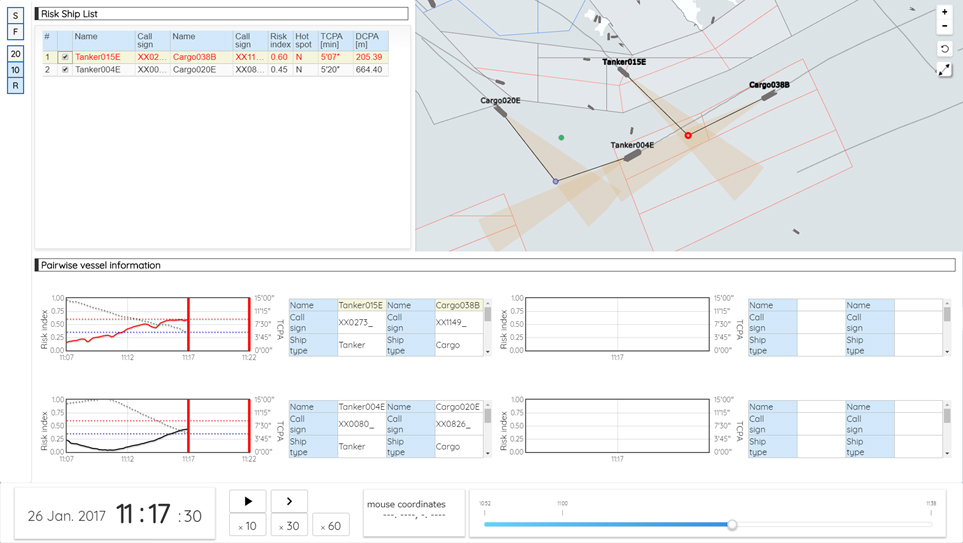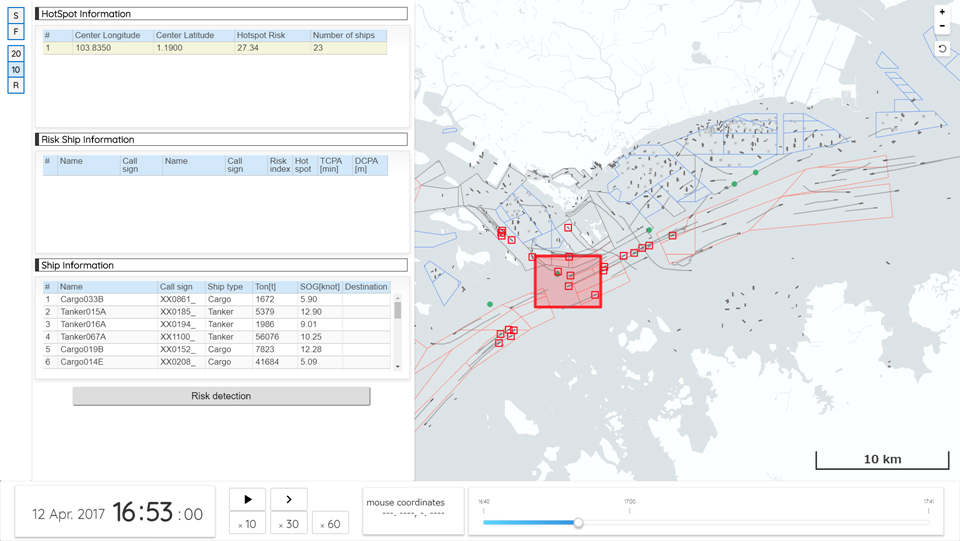Archived content
NOTE: this is an archived page and the content is likely to be out of date.
Fujitsu and Maritime and Port Authority of Singapore Determine Effectiveness of AI Ship Collision Risk Prediction Technology
Fujitsu Limited
-
[1] VTS System
System used for the management of vessel traffic services. Used to provide essential information relating to shipping and maritime traffic, collecting relevant data in order to improvement the safety and efficiency of navigation.
-
[2] IALA
International Association of Marine Aids to Navigation and Lighthouse Authorities. A non-governmental organization that contributes to furthering the development of navigation support systems through the enhancement of related technologies, exchanging information and materials about navigation support beacons and engaging in the standardization of navigation support systems, while maintaining close involvement with international maritime organizations.
-
[3] Press release (16 April 2018)
Fujitsu, SMU, and A*STAR collaborate on traffic management technologies with the Maritime and Port Authority of Singapore (http://www.fujitsu.com/global/about/resources/news/press-releases/2018/0416-02.html)
About Fujitsu
Fujitsu is the leading Japanese information and communication technology (ICT) company, offering a full range of technology products, solutions, and services. Approximately 140,000 Fujitsu people support customers in more than 100 countries. We use our experience and the power of ICT to shape the future of society with our customers. Fujitsu Limited (TSE: 6702) reported consolidated revenues of 4.1 trillion yen (US $39 billion) for the fiscal year ended March 31, 2018. For more information, please see www.fujitsu.com.
All company or product names mentioned herein are trademarks or registered trademarks of their respective owners. Information provided in this press release is accurate at time of publication and is subject to change without advance notice.
Date: 02 April, 2019
City: Tokyo
Company:
Fujitsu Limited

